A taxonomic list by Juan Díaz, Néstor Ardila and Adriana Gracia (Institute for Marine and Coastal Research, INVEMAR)
In general, octopuses and squids constitute a taxonomic class (it is called "Cephalopoda"), they are easily identified within mollusks by their morphology, behavior and ecology, of which more than 700 living species are part distributed in all the oceans and in most of the seas of the world, from the surface to depths greater than 7000 meters, very deep! It is an exclusively marine group, with a long evolutionary history dating back more than 510 million years! (Young et al. 1998).
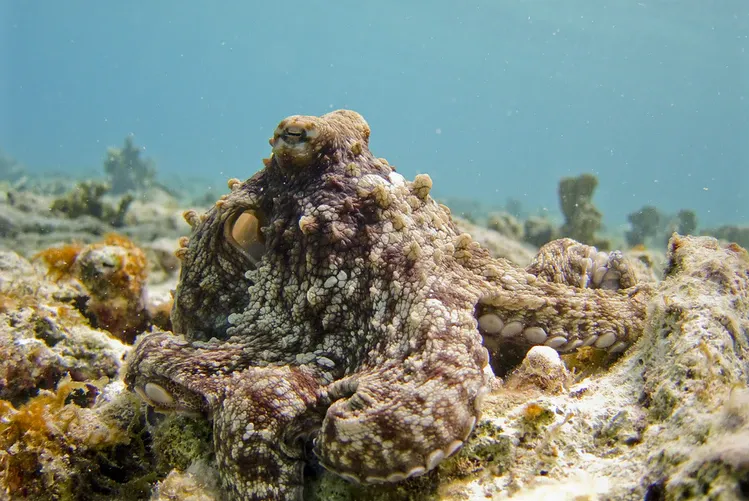
Photo by Vlad Tchompalov
The most outstanding characteristics of the group are the great development of the cephalic region (what we commonly know as "head"), whose oral portion is surrounded by a crown of mobile appendages provided with suction cups and hooks (this happens in almost all, except in the Nautiloid subclass); a modified, small, or simply absent shell; the incredible development of the central nervous system and the cleavage of the eggs, which unlike that of other mollusks is not spiral but incomplete (Götting, 1971).
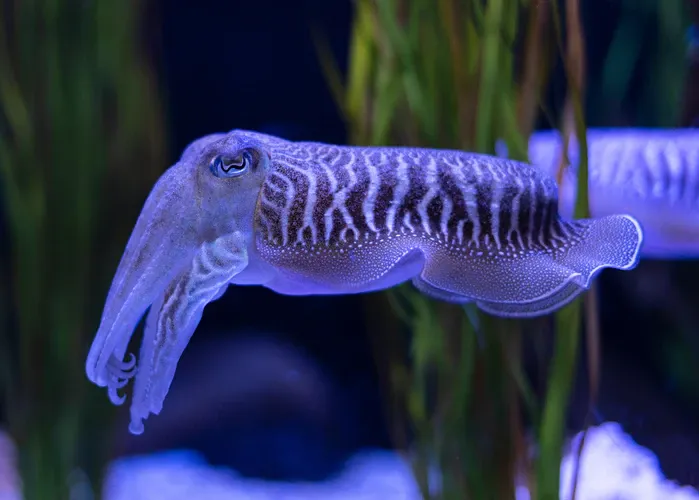
Photo by Francis Nie
Without exception, cephalopods are active predators that eat crustaceans (crabs, lobsters, etc.), fish, other cephalopods and, in the case of octopuses, snails and bivalves (Roper et al. 1984). They are really fast, that is why they can feed on these animals. The fundamental locomotion system of the current forms is jet propulsion, which is achieved by expelling the water contained in the paleal cavity through the siphon. Cuttlefish and squid (orders Sepioidea and Teuthoidea) also have other types of fins that allow them to remain immobile in the water column or to make slow movements; An important form of locomotion in octopods such as octopuses is to crawl along the bottom and likewise, most of the cirrad octopods (see image below) use their fins as the main mechanism of locomotion (Guerra, 1992).
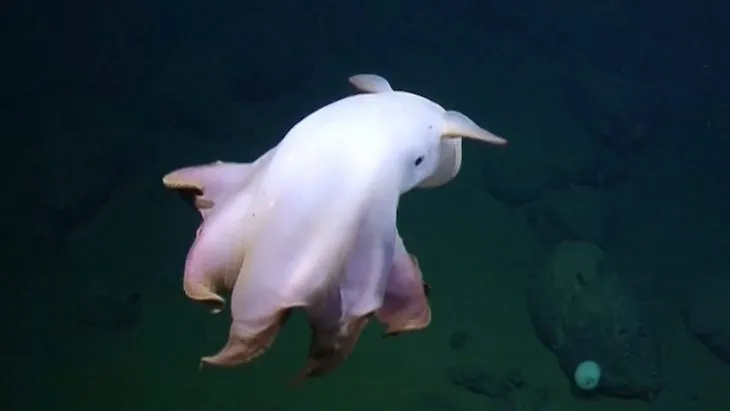
Photo by Alan J. Jamieson "The Dumbo octopus"
According to Mangold and Boletzky (1989), the place where a greater diversity of cephalopod species inhabits is in the Indo-Pacific, where 53% of all living species inhabit, including all representatives of the Nautiloidea subclass (the nautiluses), in so much so that 29% of the species are exclusively Atlantic and around 4% are species of circumtropical distribution or are distributed in several oceans.
The Gulf of Mexico and the Caribbean present a diversified fauna in which the Oegopsida (a type of squid) and the Octopoda Incirrata (shallow octopus) predominate (Guerra, 1992).

Photo by Marc Fanelli-Isla
Just as in the previous list about annelids (marine worms) it would be very difficult to put all the species, there are many! so below I will show you some species that inhabit the Caribbean Sea (of course, with photos is better)
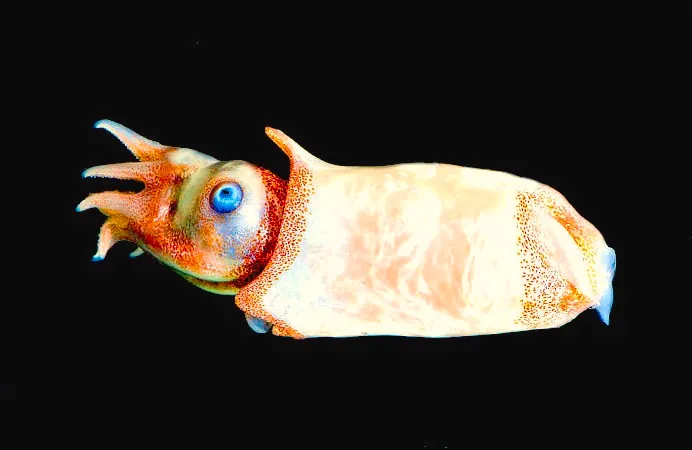
Photo by Axis "Ram´s horn squid"
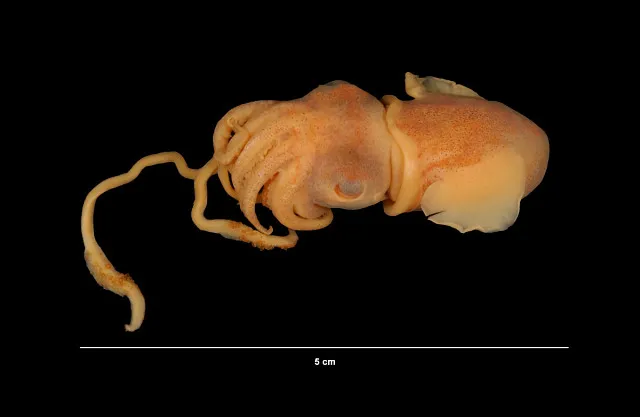
Photo by Katie Ahlfeld
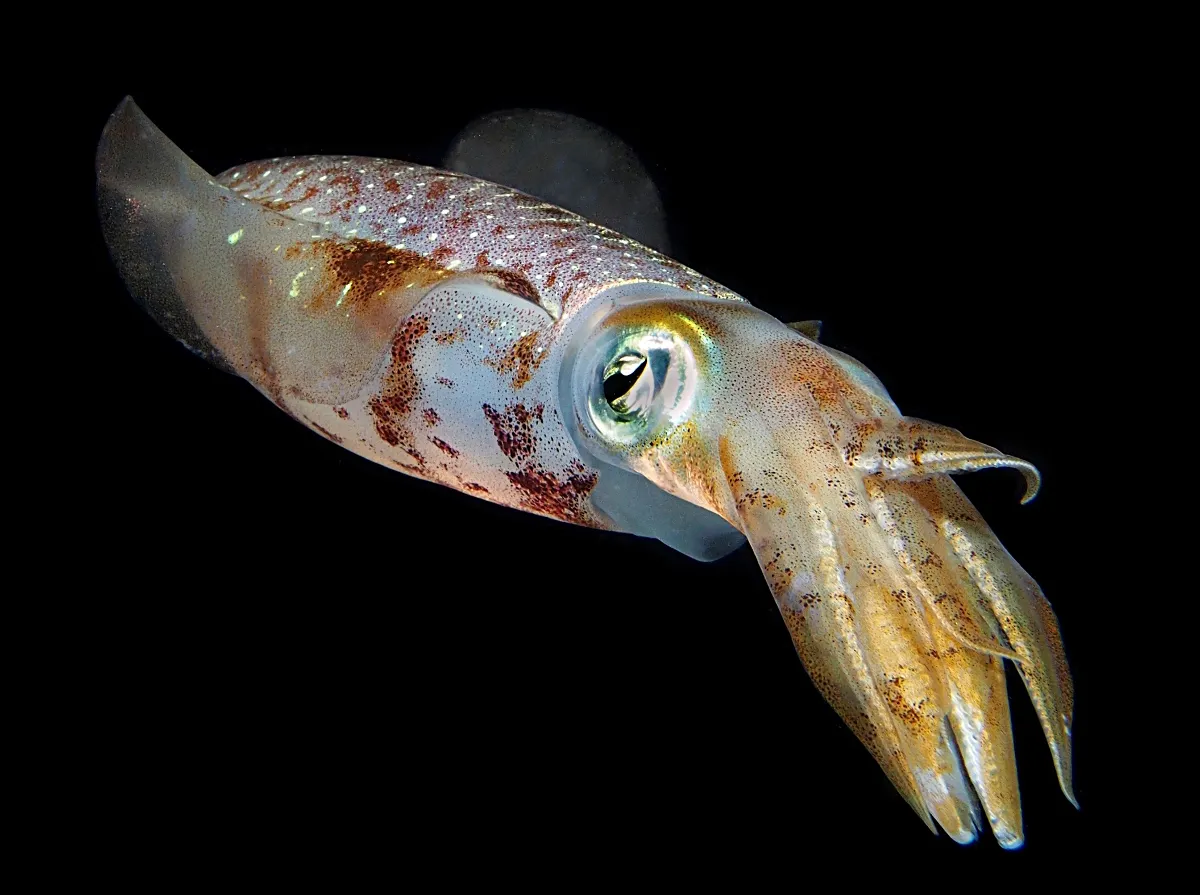
Photo by Florent Charpin "The famous Caribbean Reef Squid!"
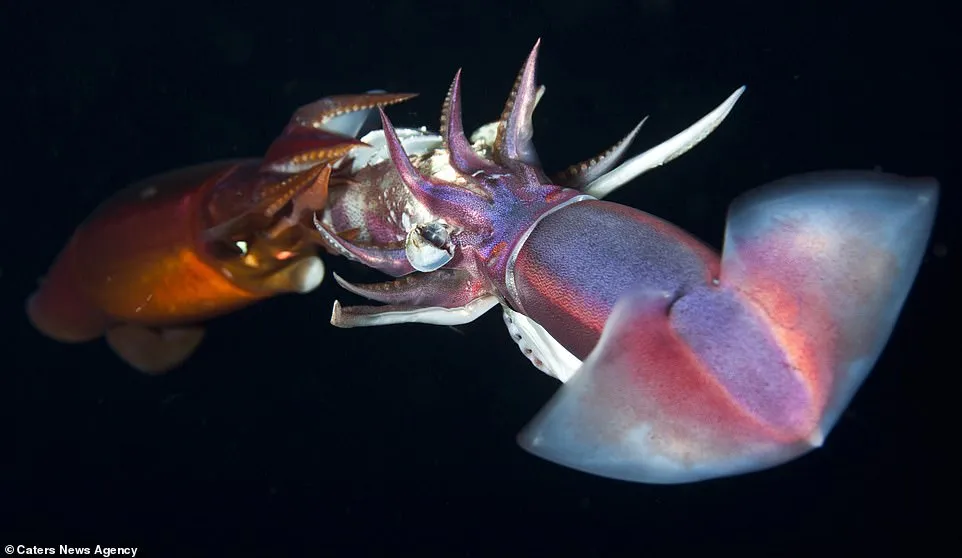
Photo by Caters News Agency
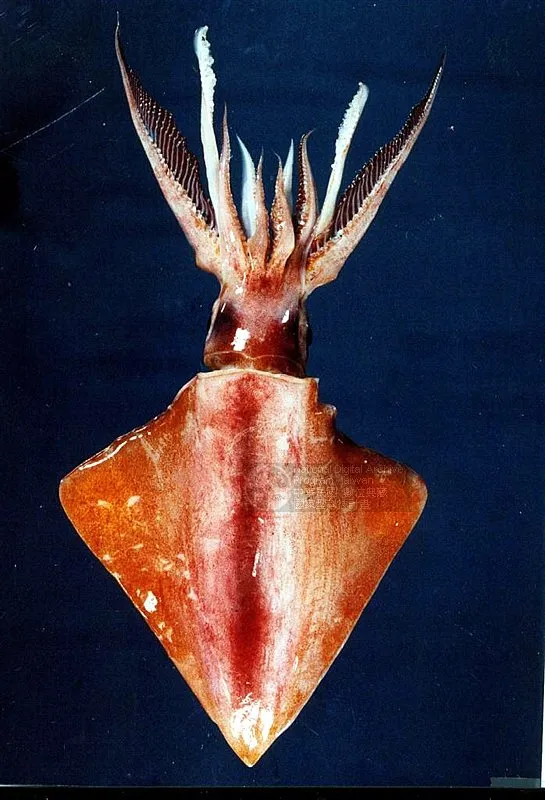
Photo by Content Teldap "Deep Sea Squid"
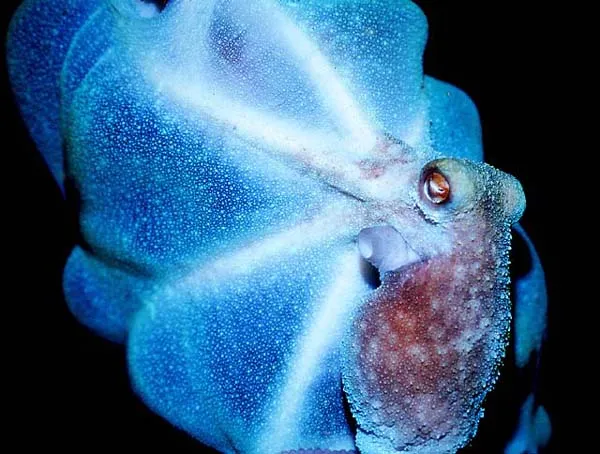
Photo by Fabio Ehrengruber "Caribbean Reef Octopus"
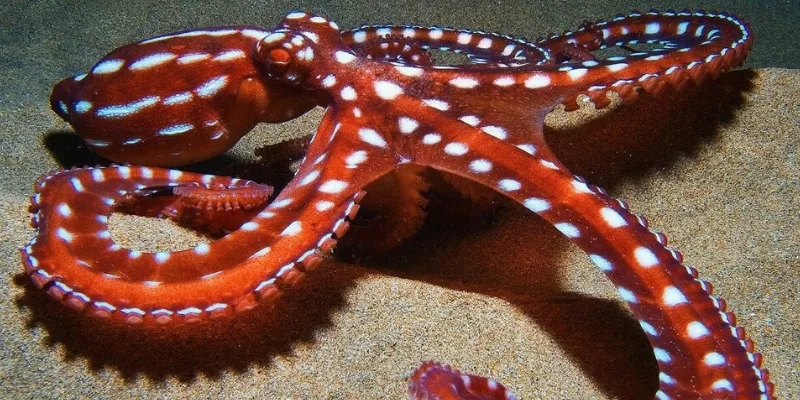
Photo by Octolab TV
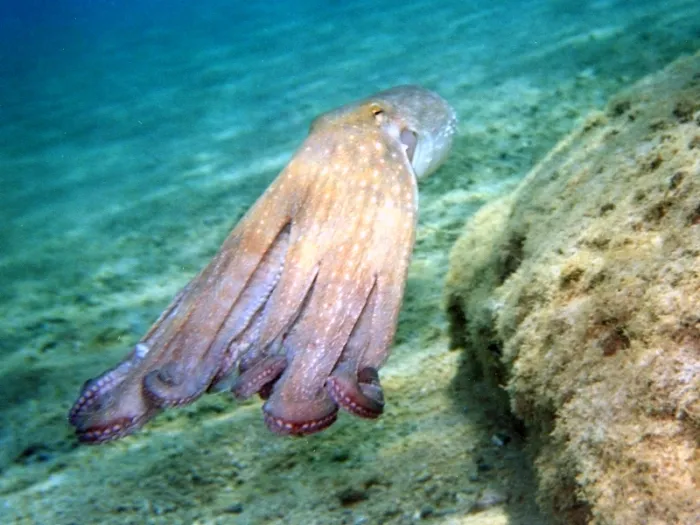
Photo by Roberto Pillon
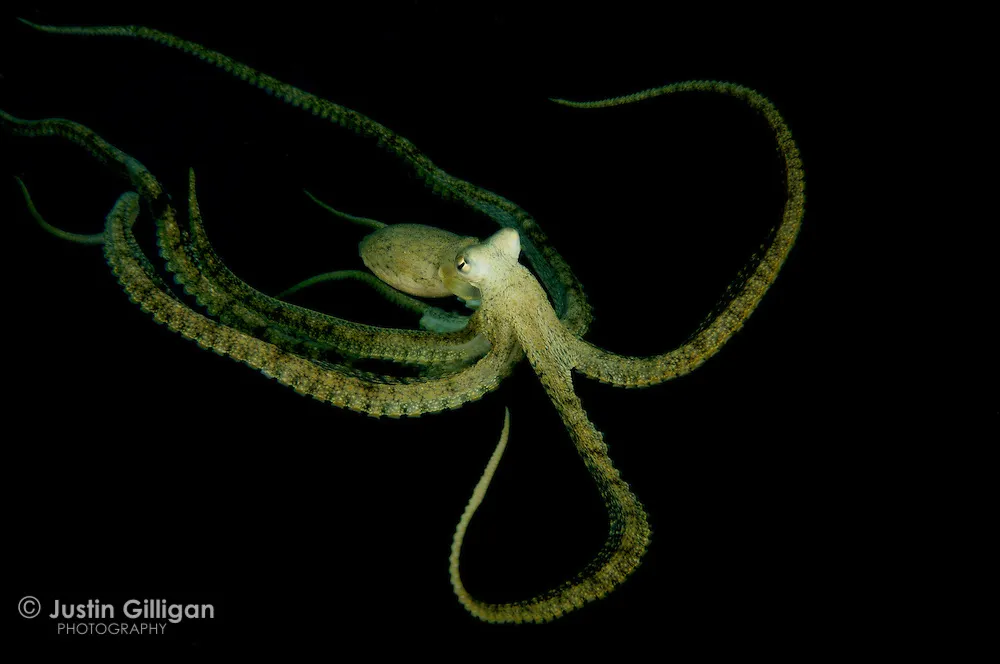
Photo by Justin Gilligan
